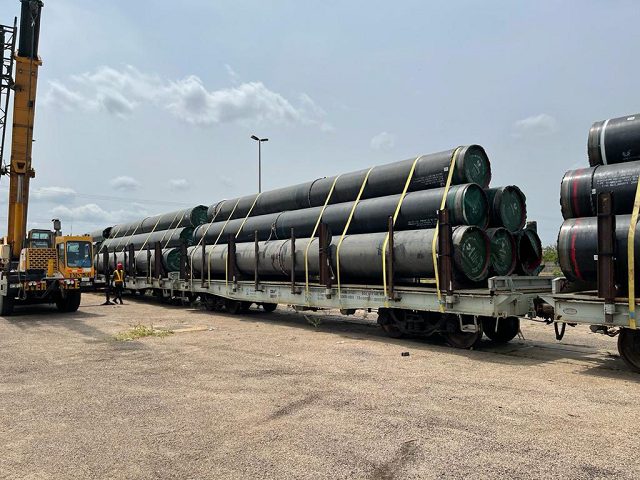Oil slipped on Wednesday, retreating from session peaks near a four-year high as top exporter Saudi Arabia said it increased output and after Reuters reported that Russia and Saudi Arabia had struck a deal to pump more.
Saudi Energy Minister Khalid al-Falih said the kingdom had raised output to 10.7 million barrels per day in October and would pump more in November. The record high for Saudi output is 10.72 million bpd in November 2016.
But crude still found support from expectations that U.S. sanctions on Iran starting in November will strain the ability of other major producers. One analyst said the Saudi plan to pump more would not change much.
“Saudi is still very timid, the market wants to see something more proactive,” said Petromatrix analyst Olivier Jakob. “That’s why the market is not reacting very much to the different headlines.”
Brent crude LCOc1, the global benchmark, fell 10 cents to $84.70 a barrel by 1333 GMT. The price hit $85.45 on Monday, its highest since November 2014. U.S. crude CLc1 was down 18 cents at $75.05.
Oil prices have been climbing as buyers have already started steering clear of Iran before the implementation of U.S. sanctions starting Nov. 4.
The fall in Iranian exports is reducing the impact of a June agreement between the Organization of the Petroleum Exporting Countries and its allies, such as Russia, to hike output.
While OPEC has so far ruled out any further production increase, sources told Reuters on Wednesday that Russia and Saudi Arabia had informed the United States of their private deal to raise supply.
Saudi’s Falih, who is attending a Moscow energy conference with Russian President Vladimir Putin and other influential energy officials, said Saudi Arabia has successfully met additional demand.
“We see the market is being well supplied,” he said.
OPEC and its allies have been limiting supply since 2017 to get rid of a glut. They partially relaxed the cut in June, under pressure from U.S. President Donald Trump to cool prices.
A strong dollar .DXY, which makes oil imports more expensive for countries using other currencies and an industry report showing rising U.S. inventories weighed on prices.
U.S. crude inventories rose by 907,000 barrels, the American Petroleum Institute said on Tuesday, ahead of Wednesday’s official supply report due at 1430 GMT.














